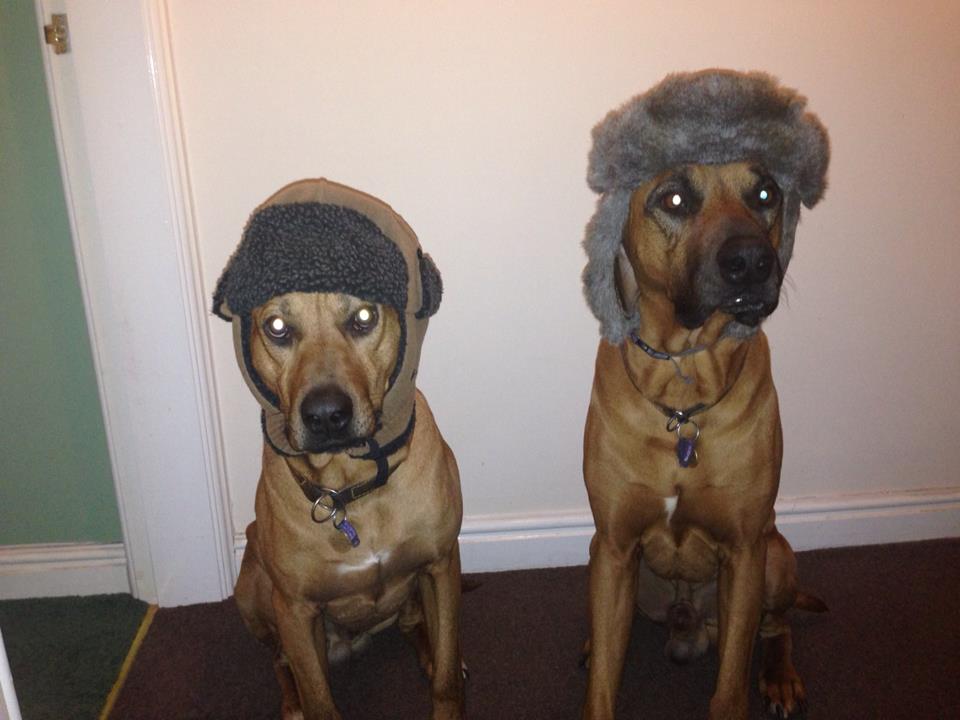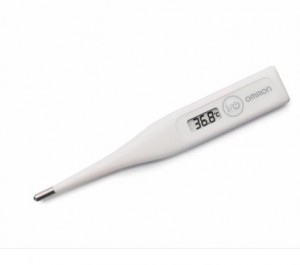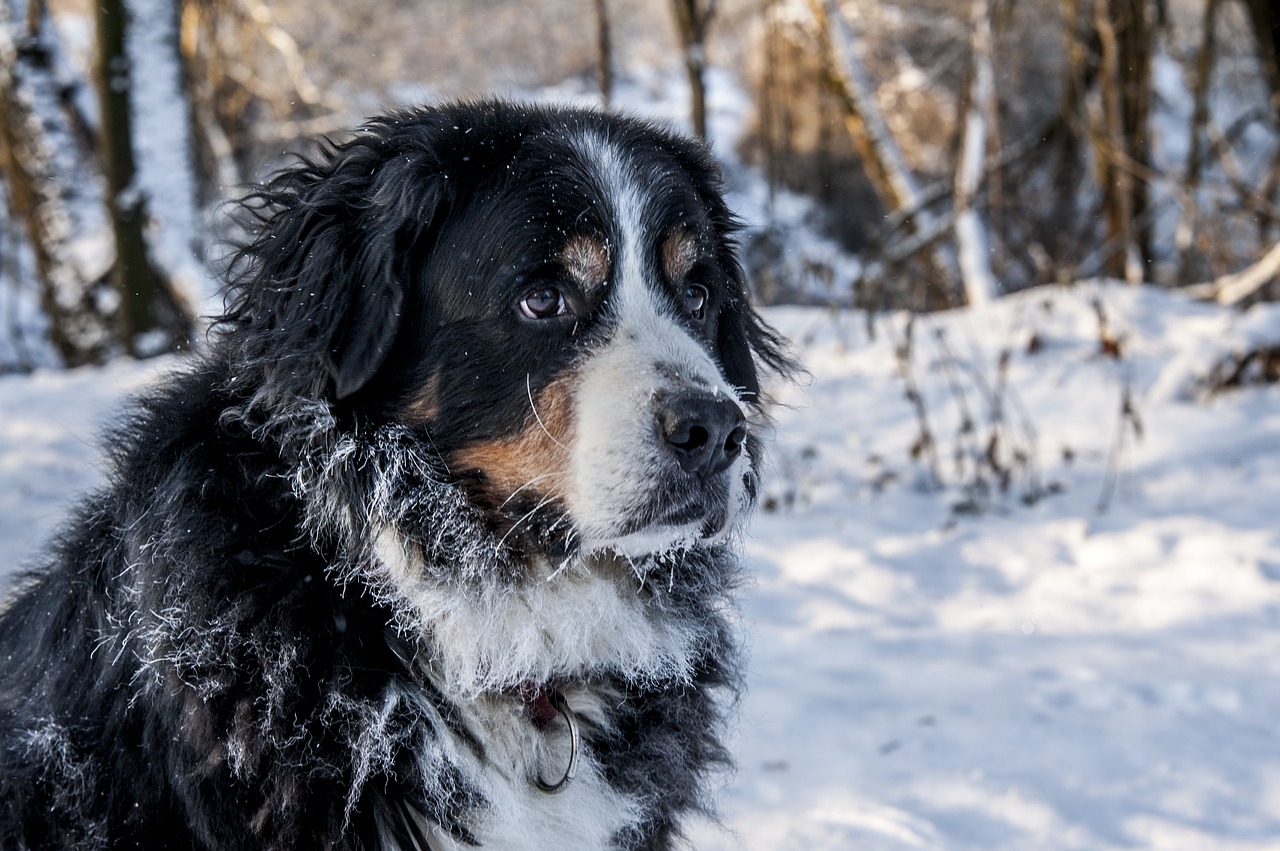“Winter is coming!”
No, that’s not a nod just for the Game of Thrones fans (of which I count myself), it’s a serious fact. Hypothermia can be lethal … and prevention is definitely better than the cure.

During the winter time, our pets that live outside grow a heavier coat to protect them through the harsher months but even so, they should be brought inside when it’s very cold be that from ice and snow or the wind chill factor, which can make temperatures FEEL much lower than they are actually reported.
If your dog is in a kennel, crate or cage, please ensure that you have enough insulation between the crate floor and the dog. Lying on a cold surface will chill the animal very quickly indeed and simply placing a few layers of newspaper or a thin towel beneath the crate is not enough. Several layers of thick insulation are required and perhaps consider lifting the crate itself off the floor AND THEN using insulation on top of the crate floor to protect the dog.
The hair of an animal’s coat is designed to trap air next to their skin and keep them warm. This works excellently provided that they are healthy and well groomed with no matts. Matting, poor condition or being wet will drastically reduce their ability to keep warm as the integrity and insulating properties of the coat are diminished.
Some dogs are more susceptible to the cold than others including new-born puppies, toy breeds, short coat varieties and geriatric dogs. Dogs with autoimmune problems such as hypothyroidism also feel the cold more so if you know your dog falls into one of these categories, prevention is definitely better than cure.
Possible causes of hypothermia:
Exposure to a cold environment for a long time
Exposure to cold water (or water + wind-chill factor)
Exposure to water for a long period of time
Wet fur and skin
Anaesthetic over a long period of time
Shock
Smptoms:
The less surface area that is exposed to the cold, the better. For this reason a dog’s first response will be to curl up in a little ball to reduce the area.
If he still feels cold, it’s likely that you’ll see his hackles go up (the hairs on the shoulders, along the back and the tail). Adrenaline causes the muscles to contract and the hair stand on end to trap as much warm air close to the skin as possible.
His gum colour will grow paler, and no longer be such a lovely salmon pink.
His breathing is likely to become slower, and more shallow than normal.
The next stage is a strong shivering, with the muscles in spasm in an effort to generate more heat as his metabolic rate begins to fall.
Below the temperature of around 94ºF shivering will stop and he will become quite lethargic, possibly with a kind of vacant, staring expression.
The heart rate will slow down, possibly with some irregularities in the pattern of the beats, and become more difficult to detect.
If the hypothermia is not treated quickly, he may slip into a coma, heart failure and possibly die.
Treatment:
The normal temperature range for a dog is 100.5 to 102.5. With any suspicion of hypothermia, a thermometer is your best friend. Any deviation above or below this range should be of concern.

With temperatures of greater than 98ºF it is often (but not always) enough to simply increase the ambient temperature of the room you are in, snuggle up to them with your own body heat and cover them with a blanket. Its a good tip to pop the blankets or towels quickly on the radiator or in the tumble dryer to warm them before use.
If the dog’s rectal temperature is below 96°F then you must contact your vet urgently. Simply covering him with a blanket will likely not be enough so start warming him rapidly. For this you will need water bottles filled with warm water. Please remember that although this water may only feel “warm” to you, to a hypothermic dog, it will feel much hotter so care must be taken to wrap the water bottles in a towel to protect the dog’s skin from burning. Be especially careful that you do not lie him directly in contact with a radiator or too close to a fire and never be tempted to use a hairdryer as the heat from all these sources will be too dramatic.
Once wrapped in towels, apply the bottles to the armpits, abdomen and chest and recover the dog in his blanket.
Offer warm drinks for your dog to lap and repeat taking his temperature around every 10 minutes or so to enable you to monitor his progress (remember to mark down the readings as it is very easy to become confused when you are frightened for the welfare of your dog).
Once the temperature has risen to 100°F or above, keep the dog warm but remove the hot water bottles to avoid him overheating.
You know your dog and you know how he acts when things are “normal”, but as a rule a wag of the tail is a good indicator that he is feeling a little better.

